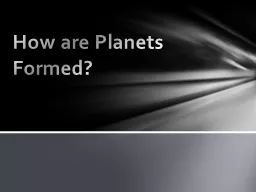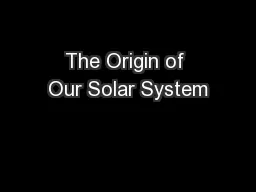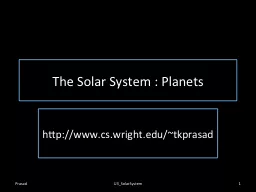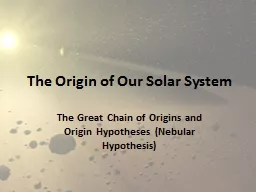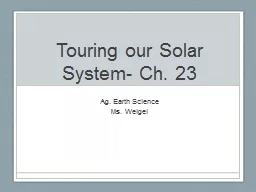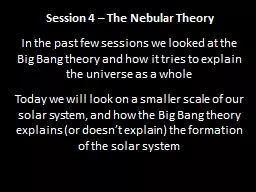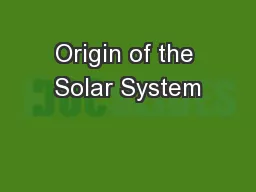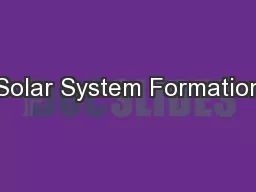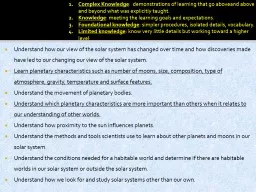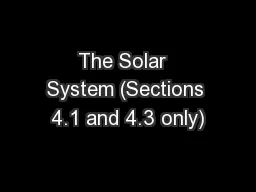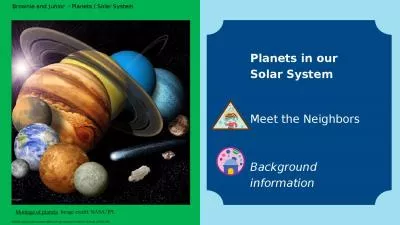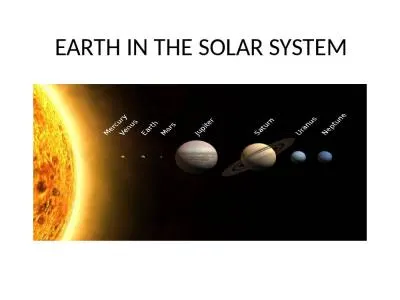PPT-How are Planets Formed? Pre-solar nebula
Author : myesha-ticknor | Published Date : 2018-11-07
Protoplanetary disk condensation and accretion Solar wind beginning of fusion Collisions continue Planetary migration orbits shifting Late Heavy Bombardment Hadean
Presentation Embed Code
Download Presentation
Download Presentation The PPT/PDF document "How are Planets Formed? Pre-solar nebula" is the property of its rightful owner. Permission is granted to download and print the materials on this website for personal, non-commercial use only, and to display it on your personal computer provided you do not modify the materials and that you retain all copyright notices contained in the materials. By downloading content from our website, you accept the terms of this agreement.
How are Planets Formed? Pre-solar nebula: Transcript
Download Rules Of Document
"How are Planets Formed? Pre-solar nebula"The content belongs to its owner. You may download and print it for personal use, without modification, and keep all copyright notices. By downloading, you agree to these terms.
Related Documents

